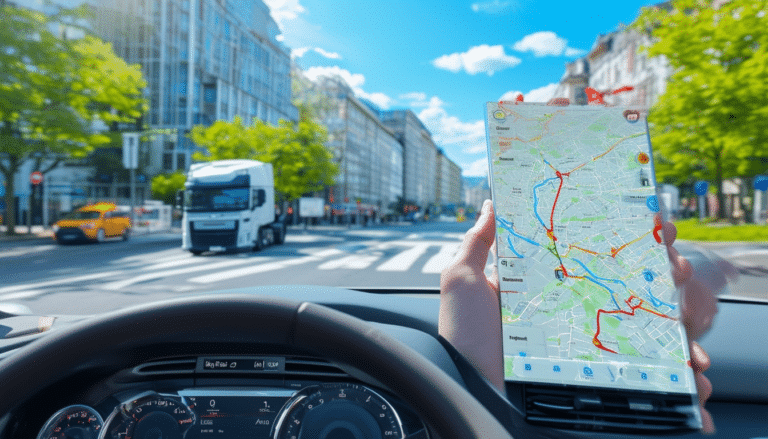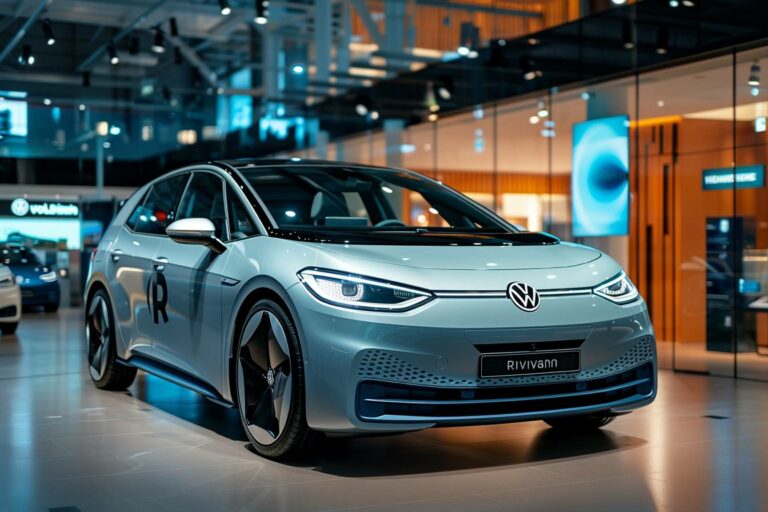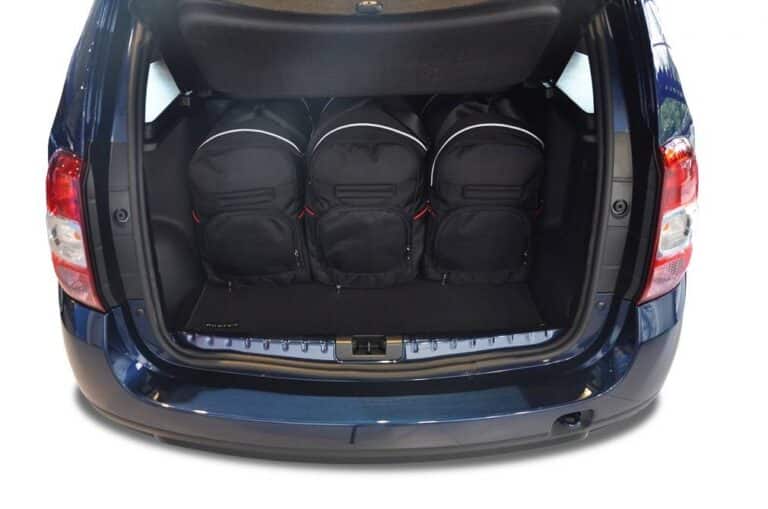Automobiles: when cities say goodbye to cars
In recent decades, cities have begun to rethink the role of the automobile in their infrastructure. The growing concern for pollution and air quality has led many urban areas to establish low-emission zones (LEZ), thereby transforming the way citizens move around. This change, while beneficial for the environment, has also sparked debates about the exclusion of certain drivers and the need for a new approach to urban mobility.
In an effort to improve air quality and promote more sustainable means of transportation, many cities are implementing policies that restrict the use of cars in urban areas. These changes are designed to encourage cycling and the use of public transportation, but they have also raised concerns about the exclusion of certain drivers. This article examines how these initiatives are transforming the urban landscape and what implications they have for motorists.
A change in urban mobility
Cities are making bold decisions to limit the use of cars in their centers. The case of Lyon is a notable example: authorities have reduced the space dedicated to private vehicles, favoring instead areas for bicycles and buses. On the main arteries of the city, exclusive lanes for carpooling have been created, and drivers who travel alone may face significant fines. This strategy has resulted in a traffic decrease of up to 7% since 2019.
Visible results in air quality
One of the most notable victories of these policies is the improvement in air quality. Throughout the Metropolis, nitrogen dioxide concentrations have decreased by 23% between 2019 and 2023. These results reflect the positive impact that vehicular traffic restrictions can have in critical areas, where air pollution used to be a serious issue.
A pedestrian future in the city center
The shift towards more pedestrian spaces will continue, with plans to gradually pedestrianize several streets in the heart of Lyon. Starting in June, this transformation will make car access even more limited, creating a more friendly environment for walkers and cyclists. These measures, while they may seem restrictive to some, are part of a broader effort to create more sustainable cities.
The criticism of driver exclusion
Despite the environmental benefits, some voices criticize the exclusion that these policies may cause among certain groups of drivers. The transformation of cities towards a model that prioritizes alternative transport may leave many without viable options for mobility. It is essential that the solutions implemented consider the needs of all citizens, ensuring that accessibility is not compromised.
For more information on the impact of transportation on the environment and fuel savings, you can consult resources on fuel savings and the advantages of carpooling. Additionally, innovations in vehicles like the new Opel Rocks also offer interesting perspectives on the future of urban transportation.
Goodbye to Cars: A Sustainable Future
The farewell to cars in cities represents a crucial shift towards a more sustainable future. As low-emission zones are implemented, more cities are taking steps to reduce pollution and promote alternative forms of transportation. This approach not only improves air quality, but also fosters a healthier lifestyle.
Examples from cities like Lyon demonstrate that, despite initial criticism, the use of bicycles and car-sharing is becoming a reality. Authorities are making significant efforts to restore balance between various modes of transportation that benefit everyone. This marks the beginning of a new era, where mobility can coexist harmoniously with the environment.
Moving towards a car-free urban space is not just a trend, but a necessity to create a future where everyone can enjoy a cleaner and more accessible environment.






